|
Good morning everyone on Monday 22nd March as spring is finally upon us. This change of season should represent a time of rebirth and the end of the gradual decay of winter. The main catalyst for this is usually the weather but whilst that's still not quite playing ball, there are some tiny green shoots of recovery starting to show with the pandemic.
Yesterday in Italy there were 20,159 new cases of Covid 19 reported, a drop of just over a thousand from the number reported on the previous Sunday. Although the figures are still high, there's a growing feeling that we've reached the peak of this latest wave. For each of the last four days we've seen a smaller number compared to the same weekday of the week before. It will again be very interesting to see the figures for today when they are announced later; we're used to seeing a lower figure on Mondays and last Monday that figure was 15,267. If this latest downward trend continues then we should expect something around 13,500. Obviously we all hope for a much lower number but we've seen for the past year now that the changes are always very gradual. Anyway, there has been a lot of doom and gloom across Europe recently but these are just some small details that can give us hope. Monday is the day when any changes to the colour-coded regions take effect and this week there are just two changes; one good and one bad. Sardinia which was previously the only region in the white zone has now moved two levels to become orange while heading in the right direction, Molise is now orange instead of the more restrictive red. As you can imagine, today's Italian newspapers are dominated by the pandemic and particularly the rollout of the vaccine. We seem now to be seeing a rather unedifying tug of war between the UK and the EU over the distribution of supplies. There are always two sides to every story but most of the criticism seems to be falling on the head of the EU; it was only last week that they suspended use of the AstraZeneca vaccine, needlessly as it predictably turned out, and this week they are threatening to halt exports of the same jab. There is some conjecture that the likes of Germany and Italy may seek supplies of the Russian Sputnik V vaccine which is still awaiting approval for use in the EU. Unfortunately, it seems that supplies of all of the existing products that have been given the green light are to varying degrees being delayed while the politicians continue to entangle themselves in words and confused policies. Last year the weather really played its part in reducing the effects of the pandemic and it will be at the back of everyone's mind that this could be the case again. However, despite it officially being spring now, we're still some way short of those typical spring conditions. It's still pretty chilly across the country with the lowest maximum temperatures in Perugia and Turin (both 7° Celsius) while Rome, Genoa and Florence top the charts with a meagre 13° C. This mini cold-snap will probably linger until the middle of this week before we see a significant rise in temperatures. Despite the relative cold, there is plenty of sunshine across the country today. There's still a great deal of uncertainty over summer holidays this year but this situation won't last forever and we can still enjoy the exploration of this beautiful country. Today I'm going to talk about a region that I've mentioned a few times in passing on this blog without going into greater detail: Campania. It's one of those regions that hardly gets a mention outside of Italy but ironically, it's one of the country's most-visited. The roll-call of sights in Campania is quite astonishing. Its capital city is Naples whose charms are often disguised but revealed in all their glory with a little bit of metaphorical digging. Naples was once the most important city in Europe and although those days are firmly in the past, there remains a vast legacy of historical sights including palaces, theatres, grand piazzas, castles and an astonishing array of sights beneath the ground from catacombs to huge bomb shelters. Even if you only focus on the area around the Gulf of Naples you will find more in Campania than many other Italian regions; south west of Naples are the islands of Ischia and Procida, while heading east of the city centre you pass world-famous archaeological sites such as Pompeii and Herculaneum before reaching the wonderful Sorrento Peninsula. This is an area that's often overshadowed due to the popularity of its main town of Sorrento, but the peninsula itself contains some jewels just waiting to be discovered. The allure of Sorrento itself is great with its beautiful marinas, wonderful restaurants and accommodation, while the beguiling sight of the island of Capri is too much of a temptation to be ignored. Capri offers a mixture of natural beauty with its Faraglioni sea stacks and dazzling Blue Grotto, while the chic shopping street of Via Camerelle may see your wallet irreparably bruised if you're not careful! All of the above sights are just in or around the Gulf of Naples but Campania can also boast the beautiful expanse of the Amalfi Coast with its signature towns of Positano, Ravello and Amalfi itself. Again, there are some less-heralded jewels here including the fishing village of Cetara and the seaside town of Vietri sul Mare which marks the eastern end of the famous coastline. There are many more miles of coastline to enjoy beyond the Amalfi Coast; first there's the city of Salerno which deserves exploration in its own right for its wonderful Cathedral, landscaped promenade and even some sights that come out of the top drawer of modern architecture: namely Zaha Hadid's Stazione Marittima which is the new port building. Salerno marks the northern tip of a long, flat stretch of coastline that heads south down to the UNESCO World Heritage Site of Paestum. The area around Paestum is famous for the production of buffalo mozzarella and it's possible on the same day to combine a visit to the archaeological site with a visit to one of the dairies that produces the cheese. This is however, an area that merits a good deal more than a day trip as it's the home to the beautiful Cilento Coast where you'll find dozens of seaside towns with Agropoli the best of those. Inland of the coast there's also the expansive Cilento Vallo di Diano and Alburni National Park to explore. At the opposite end of Naples and north of the city is the Province of Caserta; the standout sight in this part of the region is the Royal Palace of Caserta, easily reachable for a day-trip from Naples, Sorrento or the Amalfi Coast. There are also some lesser-known gems close to Caserta such as the Basilica di Sant'Angelo in Formis and the historic Campano Amphitheatre of Capua. South east and inland of Caserta is the city of Benevento, itself listed by UNESCO where a number of fascinating historical sights can be found such as the Santa Sofia Complex, the Arch of Trajan and the Roman Theatre. In this brief overview I haven't quite done Campania justice as there is still a huge amount to recount but we''ll have plenty of time for that in future blogs. So that's my input for the day until the Coronavirus figures are announced later. Let's hope for a smaller number than 15,000 to extend these green shoots of recovery. Buona giornata Comments are closed.
|
AuthorMy name is Dion Protani, founder of Italy Review. The Italy Review blog is designed to provide ideas and inspiration to visit places in Italy you might not have heard about, as well those you have. Archives
December 2023
Categories |
- Home
-
Must See Italy
-
Cities of Italy
>
-
Towns and Villages of Italy
>
- Hill Towns of Italy >
- Historic Towns of Italy >
- Mountain Towns of Italy >
- Ski Resorts of Italy >
- Colourful Italian Towns >
- Italy's Most Beautiful Villages >
- I Borghi Piu Belli d'Italia >
- Orange Flag Towns of Italy >
- Vineyard Towns of Italy >
- Mural Towns of Italy >
- Spa Towns of Italy >
- Ghost Towns of Italy >
-
Italian Coastal and Lake Resorts
>
-
Italian Islands
>
-
Man-Made Landmarks of Italy
>
-
Natural Landmarks of Italy
>
-
Religious Buildings of Italy
>
-
Cultural Institutions of Italy
>
-
UNESCO World Heritage Sites in Italy
>
- Residences of the Royal House of Savoy >
- Arab-Norman Palermo and the Cathedral Churches of Cefalu and Monreale >
- Early Christian Monuments of Ravenna >
- Longobards in Italy Places of the Power 568 to 774 AD >
- Medici Villas and Gardens in Tuscany >
- Late Baroque Towns of the Val di Noto South Eastern Sicily >
- 18th Century Royal Palace at Caserta with the Park the Aqueduct of Vanvitelli and the San Leucio Complex >
- Venetian Works of Defence Between the 16th and 17th Centuries Stato da Terra Western Stato da Mar >
-
Parks of Italy
>
-
Cities of Italy
>
-
Italy
-
Travel
- Airports of Italy >
- Price List for Italian Airport Transfers >
-
Italy Ferry Routes and Schedules
>
-
Sicily Ferry Routes
>
- Aeolian Islands Ferry Schedules >
- Aegadian Islands Ferry Schedules >
- Pelagie Islands Ferry Schedules >
- Mazara del Vallo Ferry Schedules
- Messina Ferry Schedules
- Milazzo Ferry Schedules
- Palermo Ferry Schedules
- Pantelleria Ferry Schedules
- Pozzallo Ferry Schedules
- Termini Imerese Ferry Schedules
- Ustica Ferry Schedules
- Gulf of Naples Ferry Routes >
- Amalfi Coast Ferry Routes >
- Tyrrhenian Sea Ferry Routes >
- Pontine Islands Ferry Routes >
- Calabria Ferry Routes >
- Tuscan Archipelago Ferry Routes >
- Ligurian Sea Ferry Routes >
- Sardinia Ferry Routes >
- Italian Adriatic Ferry Routes >
- Tremiti Islands Ferry Schedules
- Italy to Albania Ferry Routes
- Italy to Greece Ferry Routes
- Italy to Corsica Ferry Routes
- Italy to Croatia Ferry Routes
- Italy to Spain Ferry Routes
-
Sicily Ferry Routes
>
- Italian Ferry Ports
- Driving in Italy >
- Trains in Italy >
- Buses in Italy
- Trams in Italy
- Taxis in Italy
- Italy Hotels
-
Culture
-
Italian Architectural Styles
>
- Ancient Roman Architecture
- Early Christian Architecture
- Italian Byzantine Architecture
- Italian Romanesque Architecture
- Italian Gothic Architecture
- Italian Renaissance Architecture
- Italian Baroque Architecture
- Italian Neoclassical Architecture
- Liberty Style Architecture
- Italian Fascist Architecture
- Modern Italian Architecture
- Articles >
- Italian History
- Italian Cuisine by Region
- Italian Opening Times
- Film and TV Locations in Italy
-
Italian Architectural Styles
>
SITE SEARCH
If you want to find a page quickly and you're not sure where to look you can use the Site Search box below and it'll point you in the right direction.
YOUR COMPLETE GUIDE TO ITALY
|
Italy Review is an independent guide to Italy, showcasing the very best that the country has to offer. Throughout the four thousand pages of the website you'll find comprehensive tourist information, opinion and original photos.
Alongside the major tourist destinations that you've already heard of, there are thousands of others that may come as a surprise with the intention of the website to provide inspiration for your future trips to the country. The photos and descriptions on the website are all my own work and are the fruit of my extensive travels around the country. I've visited every place that's listed on the website which means I'm able to give useful advice for first-time visitors. You can keep in touch with the latest developments in Italy via my Italy Review Blog for which you'll find links below to the Facebook and Twitter pages. If you'd just like to start your exploration of Italy with some ideas of places to go then I'd recommend starting at the highlighted must see Italy page. Or using the grid to your right you can click a photo to enter the main menus. |
|
THE ITALY REVIEW NETWORK SISTER SITES:
All photos and images on the site that are marked with the © copyright symbol or with the Italy Review series logos are the property of Italy Review and must not be used elsewhere without prior permission. All written content on the website is also the property of Italy Review and its use is strictly limited to this website alone.

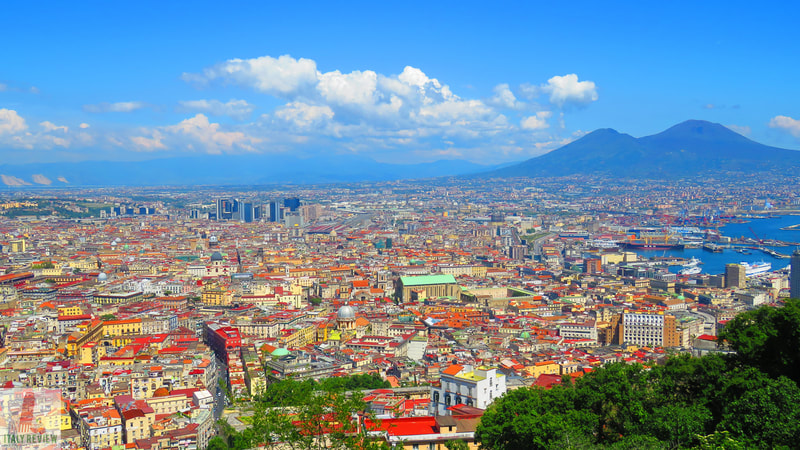
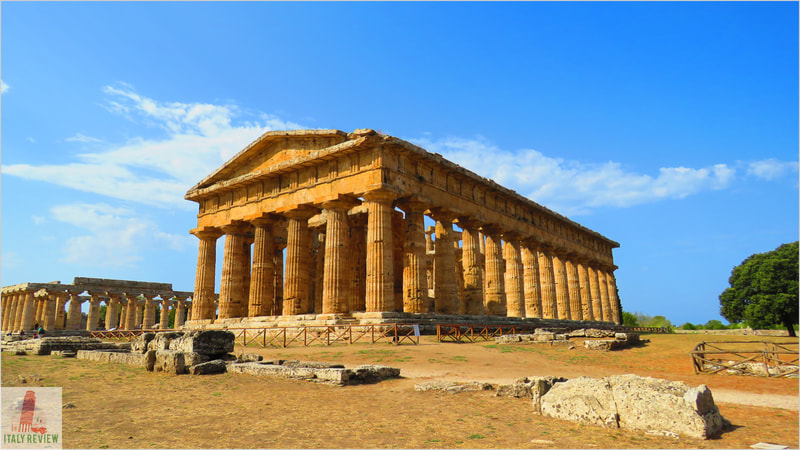
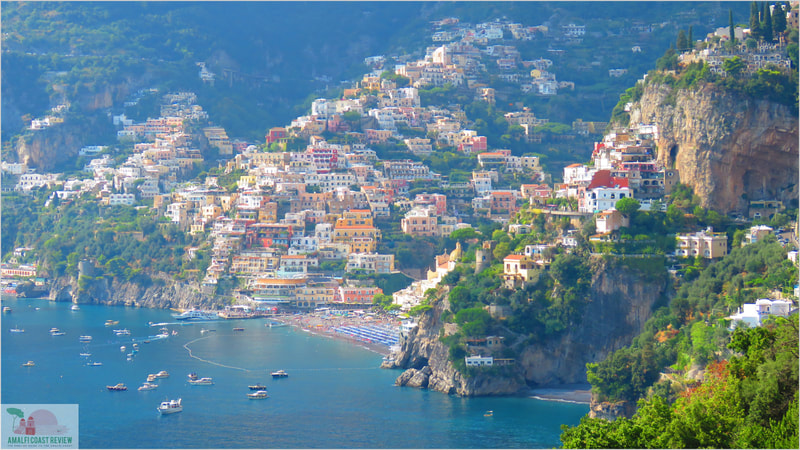
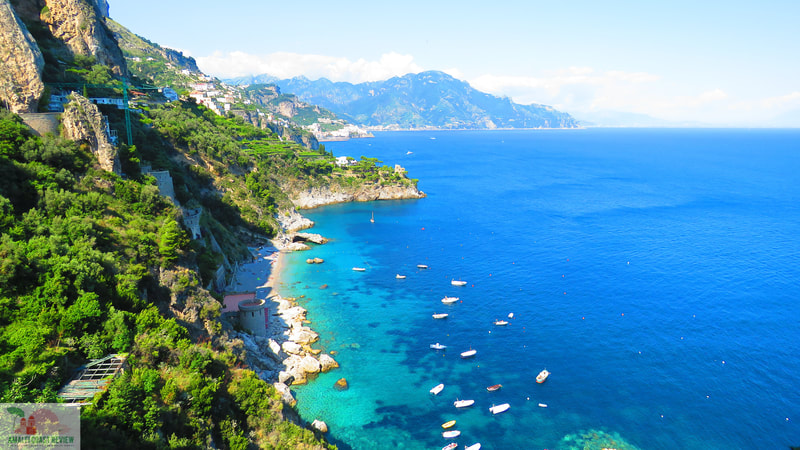
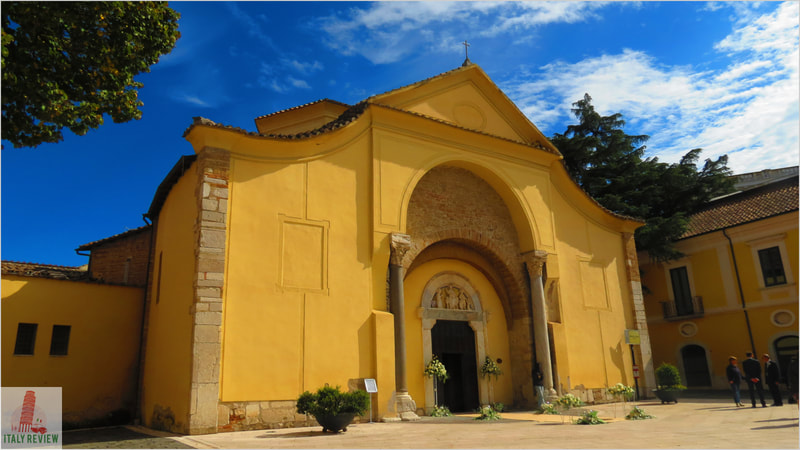
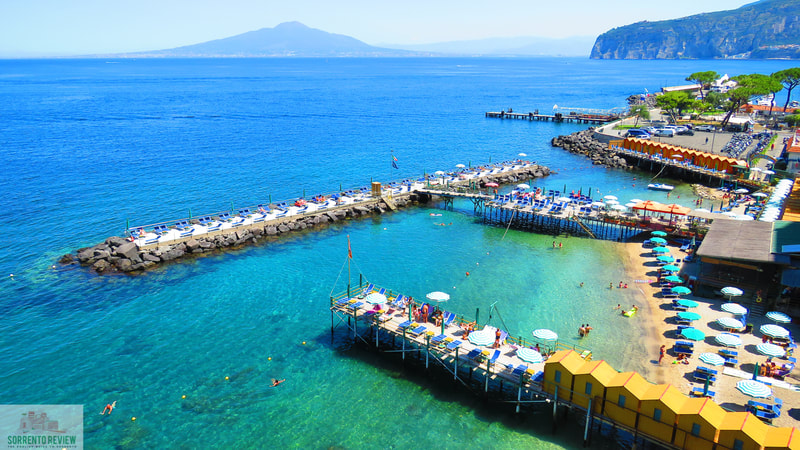
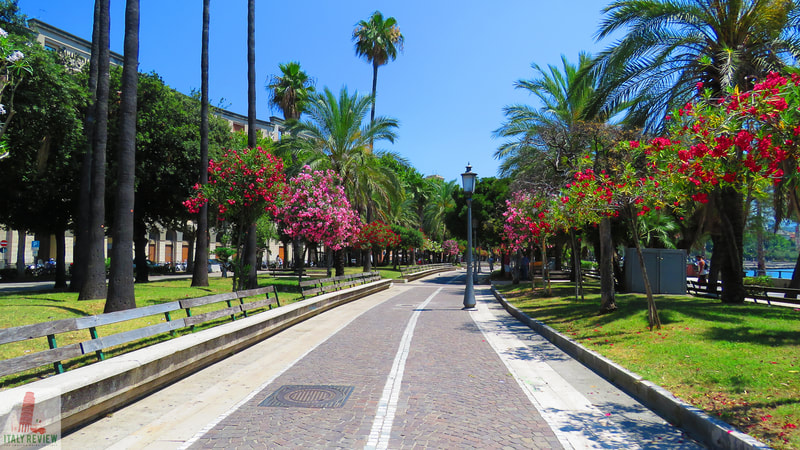
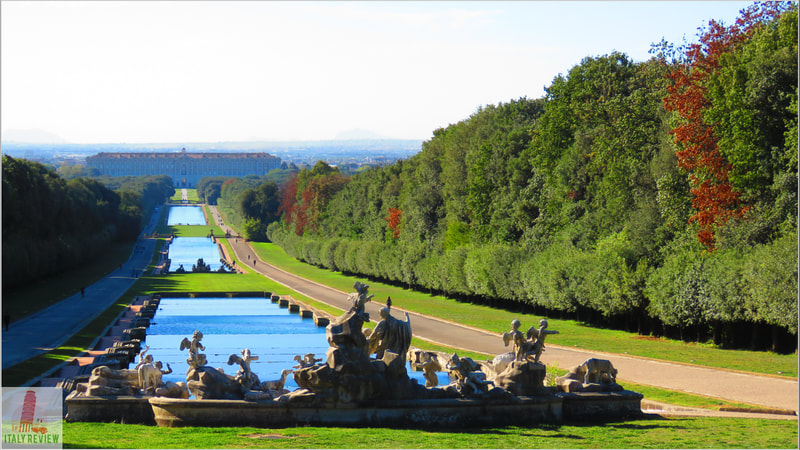
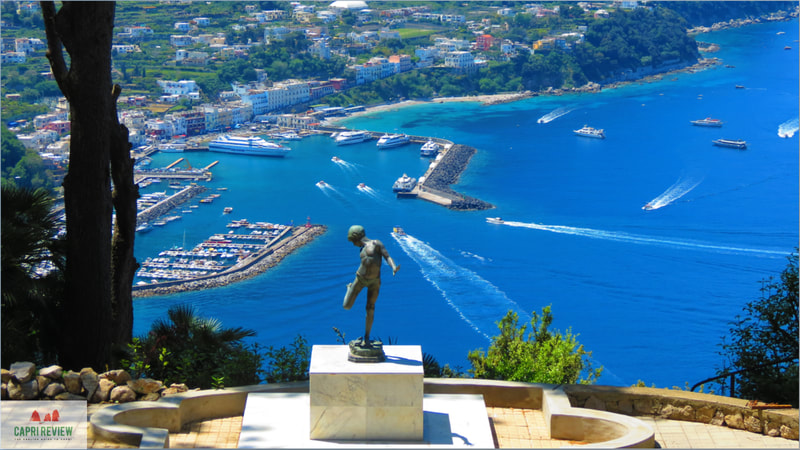

 RSS Feed
RSS Feed




















